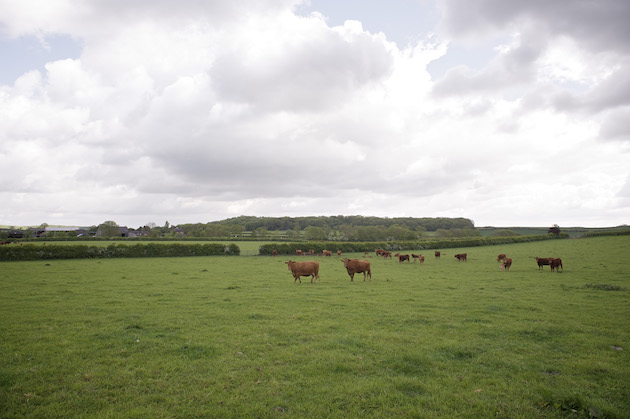Why rights to roam are causing more accidents
Alasdair Mitchell has his say

Cow prints create small puddles to attract snipe and dung will boost food for them too
As people are given ever wider rights to roam on land where there is livestock, is it any wonder that numbers of accidents are increasing?
Rights to roam
We are getting to that time of year when cows that have been overwintered in sheds are being let out into the fields again. Inevitably, there is a certain amount of conflict between free-range cattle and walkers exercising their rights to roam and ramble. (Read our list of best walking boots.)
The situation reminds me of a visit I once made to the Morgan Car Company’s factory in Malvern. Today, I believe, you get taken round by a tour guide. But when I went, you could walk round on your own. I was fascinated to see how these cars are put together by skilled craftsmen. The only stipulation was that you had to stay within two parallel red lines painted on the factory floor as you meandered through the various workshops. The idea of the red lines was to keep you safe; there were large, heavy pieces of metal being trundled around the factory.
A farm is a factory too — one that happens to be in the open air. Certainly, there are large items of machinery and livestock, notably cows weighing several hundred kilos, wandering around. Statistically, a farm is one of the most dangerous work environments we have. Yet there are no painted red lines. Members of the public may have the right to walk across the factory floor without let or hindrance, following a designated if invisible pathway. Or if it is access land, anywhere they wish. Is it any surprise that accidents happen?
Some of the most serious incidents involve cattle. Almost every year, someone is trampled to death. In the five years to 2020, there were at least 142 cases of people badly hurt by cattle in England alone. Anecdotal evidence suggests that some of the worst injuries happen after a farmworker or walker falls over. A muddy, cattle-trodden pasture is by definition an unsafe surface. An infirm or elderly walker trying to evade a cow defending a young calf from a dog, or some inquisitive bullocks, is all too likely to slip and fall, even if they are not actually pushed over. Upright, they might be able to shout or wave their arms to deter a cow. But once on the ground, they are vulnerable to trampling. (Read more on keeping livestock safe from dogs.)
There are rules about cattle and statutory public access. In essence, you cannot place an animal in a field crossed by a public right of way if you could reasonably foresee that it might be dangerous. And no, you cannot simply put up a sign saying “beware of the bull”. To do so might not only invalidate your insurance, because you are admitting the danger, but it might also be an offence if it discourages members of the public from exercising their right of way.
In the final analysis, public rights of recreation take precedence over private property rights and rural livelihoods. As more and more public access is being imposed on working farmland by bodies such as Natural England, so more and more fields are effectively becoming off limits to cattle. Yet environmental schemes promoted by the same agencies are pushing farmers away from sheep and towards cattle — especially traditional breeds, which are often kept out all year. How’s that for joined-up thinking?








